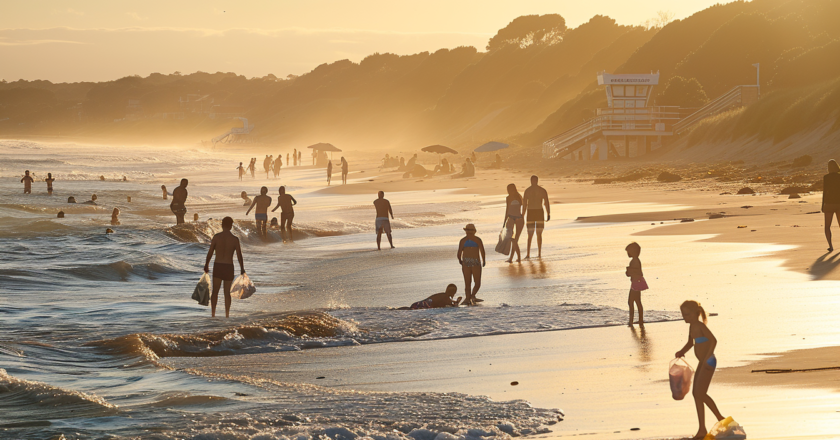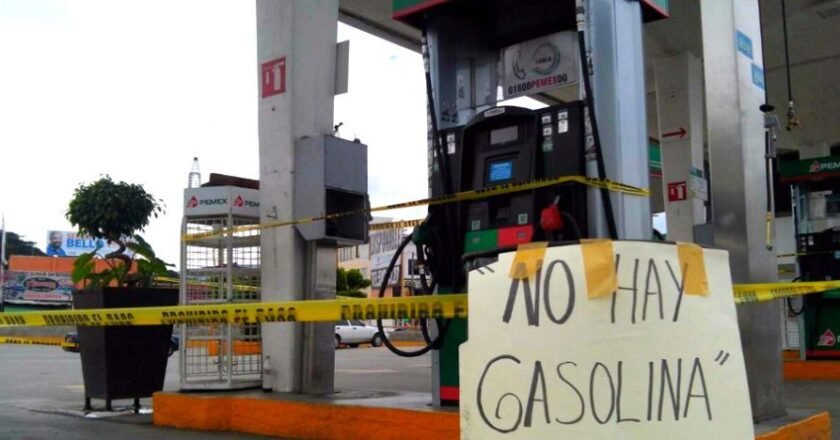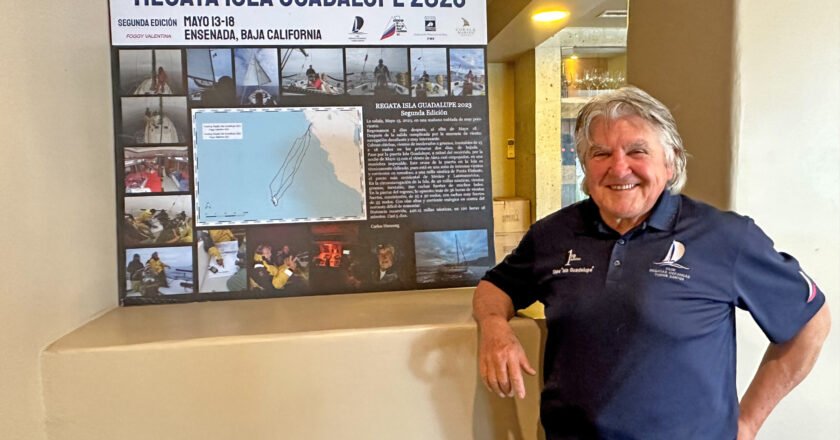Finally! Santa Anita Territorial Dispute Resolved. The governments of Ensenada and Playas de Rosarito have begun the process to officially transfer the administration of the town of Santa Anita to Rosarito by the end of 2024. This area, which has been at the center of legal and administrative disputes between the two municipalities since 1995, is moving towards resolution. The official page of Playas de Rosarito reported ongoing meetings aimed at transferring community accounts and ensuring Santa Anita residents will soon be able to handle their civic duties and taxation within Rosarito’s jurisdiction. The transition involves the exchange of information on commercial permits, land use, and cadastral data among other administrative details, led by Rosarito’s Syndicate. A public ceremony will soon announce the official transfer, marking a significant step in resolving this longstanding territorial conflict.
Economic Boom from the 76th Newport to Ensenada Yacht Race. The 76th edition of the Newport to Ensenada International Yacht Race was not only a thrilling sporting event but also a financial windfall for the region, with over 100 sailboats participating and generating more than 1 million pesos in local economic impact. This race, held from April 26 to 28, saw competitors from the U.S., Mexico, Spain, the UK, Germany, France, and several South American countries, underscoring its international allure. The local hospitality sector, including hotels and restaurants, greatly benefited from the influx of visitors, adding substantial revenue to Ensenada’s economy. The race also marks the beginning of Ensenada’s peak tourist season, which includes off-road races, the Vendimia wine harvest festival, concerts, and destination weddings. This year’s race saw 126 sign-ups with 108 actual participants, and the weekend was supported by over 120 volunteers who helped make the event a success.
Baja California Faces Severe Colorado River Water Cuts. The Permanent Forum on Binational Waters has issued a stark warning: the upcoming cut in Colorado River water allocations to Mexico in 2024 will exceed the annual water usage of all Baja Californian cities reliant on this source. According to research by professors from the University of California and Autonomous University of Baja California (UABC), the cut will amount to 263 million cubic meters. This figure surpasses the combined annual water consumption of Ensenada, Mexicali, Tecate, Rosarito, and Tijuana, which is about 235 million cubic meters. Furthermore, 2025 promises even sharper reductions, with an additional 346 million cubic meters withheld. This sequence of cuts, which started in 2021, will reduce Mexico’s Colorado River water by 33% compared to the allocations established in the 1944 treaty. The cuts are linked to the water level at Hoover Dam; lower levels mean more severe cuts. While some of the withheld water is recoverable by 2026, only 37% will actually return to Mexico, with the rest utilized by the U.S.
Baby Owls Found in Rosarito Office. In a surprising turn of events, the staff at a factory in Rosarito discovered six baby owls in the human resources office, prompting an unusual rescue operation by local firefighters.
On a typical Tuesday morning around 10:00 AM, the call for help came from Manufacturing, a local factory nestled in the Lucio Blanco neighborhood on Balbino Obeso Street. The human resources manager stumbled upon the little owls and quickly reached out to the firefighters for assistance in safely handling the feathered foundlings.
The owlets were promptly taken to a veterinary clinic managed by Francisco Ayala, a well-respected figure in the community and former president of Rosarito’s Veterinarian Association. According to Ayala, the owlets were barely over a week old and needed immediate care.
To provide the best environment for their recovery, the decision was made to house the baby owls in a residential setting temporarily. Here, they could be closely monitored and fed until they were ready to grow their full plumage. Once mature enough, the plan is to move them to a wildlife refuge located in Ensenada.
Ayala explained that owls are primarily nocturnal feeders, and currently, the rescuers are feeding them meat. However, he noted a concerning detail; two of the baby owls showed little interest in food, a potential indicator of health issues that will require close observation.
New Rules for Tinted Windows and Public Drinking in Rosarito. The local government just rolled out a new set of rules that are about to make life a bit easier for those of you sporting tinted windows. Starting now, you can cruise around with your windows tinted without sweating over fines or being pulled over, as long as your tints aren’t too dark. Think California-style rules, and you’re on the right track.
But that’s not all—Rosarito is also introducing a more laid-back vibe in its tourist zone. You can now sip your favorite drink openly in designated streets and even on public transport within this area, no hassle. This move aims to keep the festive spirit alive and kicking, without the nagging interruptions for enjoying a drink.
The move aims to avoid unnecessary fines by the local police, which only amount to extra opportunities for extorting our precious tourists.
Ensenada Gears Up for Bluefin Tuna Tournament. This May, Ensenada will host the exciting “Baja Bluefin Tuna Tournament,” boasting a prize pool over $45,000. The event, set for May 10-12, aims to position Ensenada as Mexico’s tuna fishing capital, with more than 50 teams from around the globe expected to compete. The tournament promises significant economic benefits, with an estimated $6 million impact on the local economy. Organizers and Baja California’s Fishing Secretary highlighted the event’s potential to showcase the region’s prime bluefin tuna migration season, making it a unique and strategic fishing contest. With stringent catch limits to ensure sustainability, the competition aligns with conservation efforts while offering impressive prizes for the winners.












